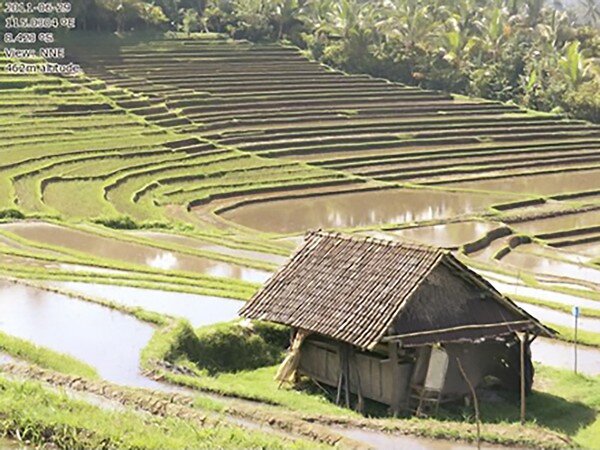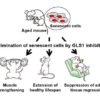A University of Oklahoma-led study published in 2020 revealed that both area and plant growth of paddy rice is significantly related to the spatial-temporal dynamics of atmospheric methane concentration in monsoon Asia, where 87% of the world’s paddy rice fields are situated. Now, the same international research team has released a follow-up discussion paper in the journal Nature Communications. In this paper, the team identifies the limits and insufficiency of the major greenhouse emission database (EDGAR) in estimating paddy rice methane emissions.
“Methane emission from paddy rice fields contribute to the rising of atmospheric methane concentration (XCH4), one of the greenhouse gases for global warming and climate change,” said Xiangming Xiao, a professor in the Department of Microbiology and Plant Biology, College of Arts and Sciences. “In this paper, our team highlighted the needs and pathways to improve this dataset, which could lead to substantial improvement in understanding and modeling methane emission, atmospheric transport and chemistry over monsoon Asia and the globe.”
OU researchers developed annual paddy rice maps at 500-meter spatial resolution and quantified the spatial-temporal changes in rice paddy area in monsoon Asia during 2000-2015. Xiao said these annual maps are the first of their kind and could be used to further improve simulations of models that estimate methane emission from paddy rice fields.
Study finds the fingerprint of paddy rice in atmospheric methane concentration dynamics
More information:
Geli Zhang et al, Reply to: “Correlation between paddy rice growth and satellite-observed methane column abundance does not imply causation”, Nature Communications (2021). DOI: 10.1038/s41467-021-21437-4
Provided by
University of Oklahoma
Citation:
Study highlights need for improving methane emission database (2021, February 26)
retrieved 26 February 2021
from https://phys.org/news/2021-02-highlights-methane-emission-database.html
This document is subject to copyright. Apart from any fair dealing for the purpose of private study or research, no
part may be reproduced without the written permission. The content is provided for information purposes only.



